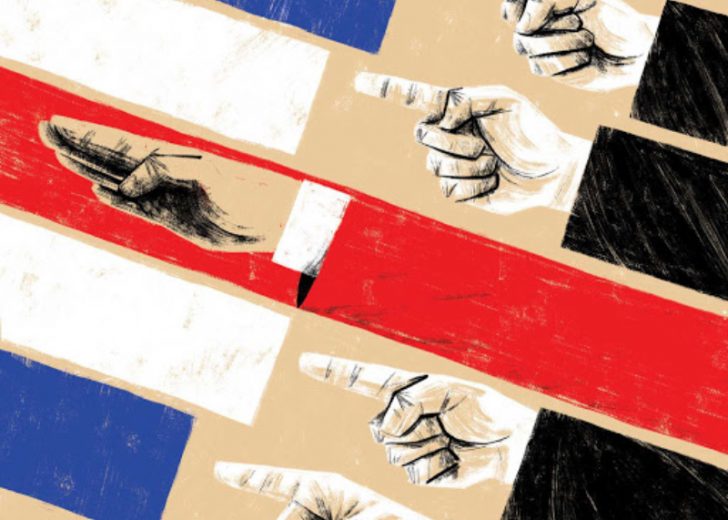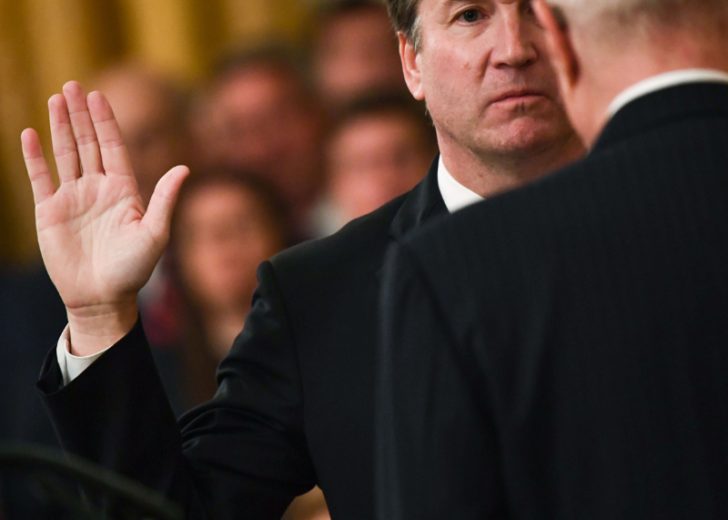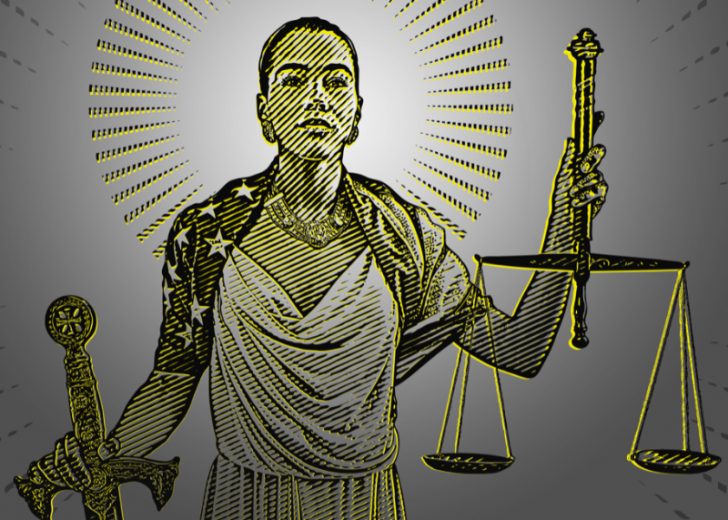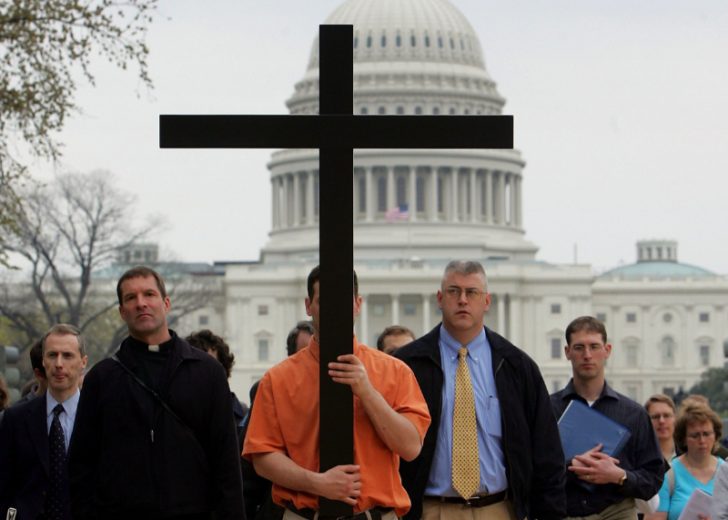The confirmation process of Amy Coney Barrett has highlighted her faith and the religious composition of the court. From 1790 to 1980, the religious divisions which defined the court were more or less denominational in nature and not ideological. Of the entire 101 judges appointed to the Supreme Court during this long period (mind you, there was no lady judge until 1981), 90 were Protestants, affiliated with mainline churches. In contrast, there were only six Catholics, starting with Judge Roger Taney, appointed in 1836 by POTUS Andrew Jackson.
Anti-Semitism Bias
Only five Jewish justices were in the SCOTUS till 1970. The appointment of Louis Brandeis, the Supreme Court’s first Jewish justice, kick-started the tradition of an separate Jewish seat but is the strongest indication of bias. Brandeis aroused objections based on his religion and legal historians anti-Semitism in the criticisms levelled against Brandeis. Brandeis’ appointment in Court. Court was then filled with such men as Ben Cardozo, whose tenure would briefly overlap with Brandeis and Felix Frankfurter, the third Jewish justice appointed in 1939. Since then only four Jewish justices have been selected: Elena Kagan, Ginsburg, and Stephen Breyer, all non-Orthodox Jewish folks on the liberal wing and David Souter, the last Episcopalian until Neil Gorsuch’s appointment.
By the time the 1960s ended, Jewish Abe Fortas was made to resign due to an ethics scandal and replaced by a Methodist, Harry Blackmun, but after two failed attempts by POTUS Richard Nixon to then appoint known segregationists to court. There would be no Jewish justice on the chair after 1969 right until 1993, when POTUS Bill Clinton appointed Ruth Bader Ginsburg.
Lack of religious diversity
No Hindu, Muslim or Atheist has ever selected on SCOTUS, although Cardozo was agnostic. For the first 110 years since it was founded, the Supreme Court was undoubtedly male, white, and Protestant. It also was a reflection the then-rampant understanding of religious affinity as being based primarily on association with a particular religious denomination. The religious denomination of a Justice is immaterial but views about the state and religion matter. This explains the strong evangelical support for conservative Catholics appointed since 1986: Clarence Thomas, Antonin Scalia, Samuel Alito, Kennedy, John Roberts, and Brett Kavanaugh, not to forget Neil Gorsuch, who was a Catholic but now identifies as an Episcopalian. It also explains the opposition from the religious right to judge Sotomayor, who was raised Catholic but is a political liberal.
The Rise of Religious Conservatives
Since the 1970’s, a vigorous campaign was launched to replace the “obviously liberal” from the judiciary, with the judges sharing theological s of the religious, has been successful. This ensured the emergence of another era of the Court’s religious composition. Organizations like the Federalist Society, a conservative legal group and the American Center for Law and Justice, successfully ensured lobbying for appointment of religiously conservative and hardlined judges. Religious conservatives have been effective in getting Justices appointed who subscribe to conservative political theology. With Amy Coney Barrett’s appointment, she becomes the eighth appointee raised as a Catholic since her mentor Justice Scalia, and the seventh member of the current court, raised as a Catholic. She also becomes the sixth conservative Christian member of the SCOTUS, pitted opposite a liberal wing reduced to just 1 Catholic and 2 Jewish, but secularist justices. This is something which liberals should take note.








